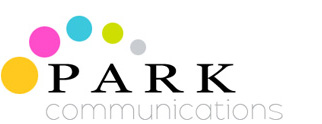When writing for marketing, public relations or internal communication, it’s vital to be able to keep your reader’s attention while you get your main points across. If people can’t work out where a piece of text is headed, they’re likely to lose interest very quickly.

Effective signposting in writing is important
One of the best ways to keep your readers engaged is effective signposting – tell them where you are going, guide them along the way, flag up the key points, help them to understand and absorb what will be valuable to them even if they’re not concentrating 100%.
Here are a few writing signposting tips:
- When someone is led to an article or blog by a social media post, it can be annoying or confusing if the piece doesn’t quickly unfold in the way the original post suggested. Double check that your social media post accurately conveys what the story is about. Or should the story be more in line with the social media post?
- People will often read headings and sub-heads before they make much progress with the main text. So these headings should give a clear impression of where the piece is headed. If you removed the text, would this be the case? Extremely short and abstract headings may not actually tell you very much. It’s not uncommon, particularly in longer pieces of text, for headings to be rather repetitive. For example, a heading such as ‘The solution’ could occur a number of times. Consider if this will work for the reader in the context of this particular copy and design, or whether it might cause them to lose their way or inhibit their overall understanding.
- The main heading and introductory paragraph or two should make it clear what the article is about and where it is headed. An anecdote or some kind of teaser may work well, but taking ages getting to the point can be a source of confusion or irritation for the reader and they may not make it to the end.
- Photograph and figure captions should be meaningful in their own right. The reader shouldn’t have to search in the main text to work out what they are actually about.
- Bullet points are a very useful way of flagging up key points but they should be reasonably short and pithy.
- Consider summarising key points at the beginning, at the end and also out of the main text, for example quotes and statistics in margins. Again, when producing a long piece, how you repeat and reinforce the key messages without being overly repetitive needs to be thought about carefully.
- Check for errors and ambiguities that will cloud understanding, slow the reader down and contribute towards them losing track.
Do you have any more signposting tips?


